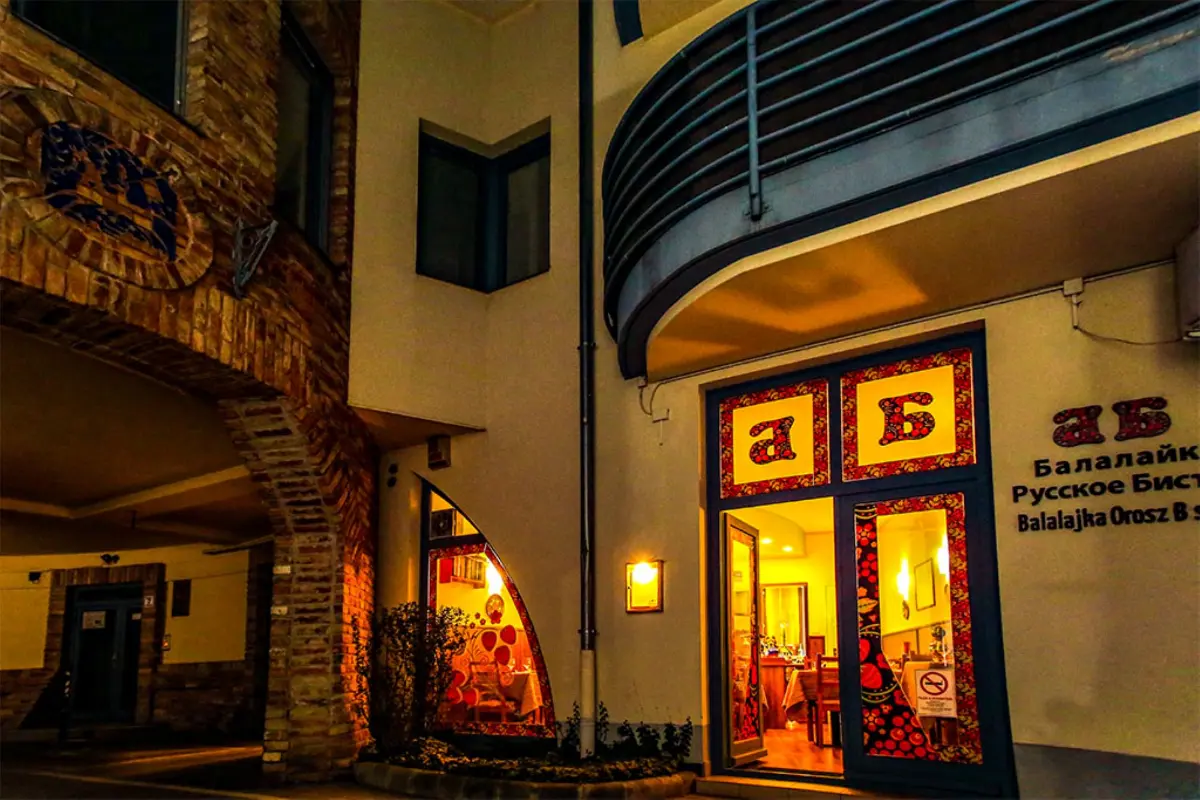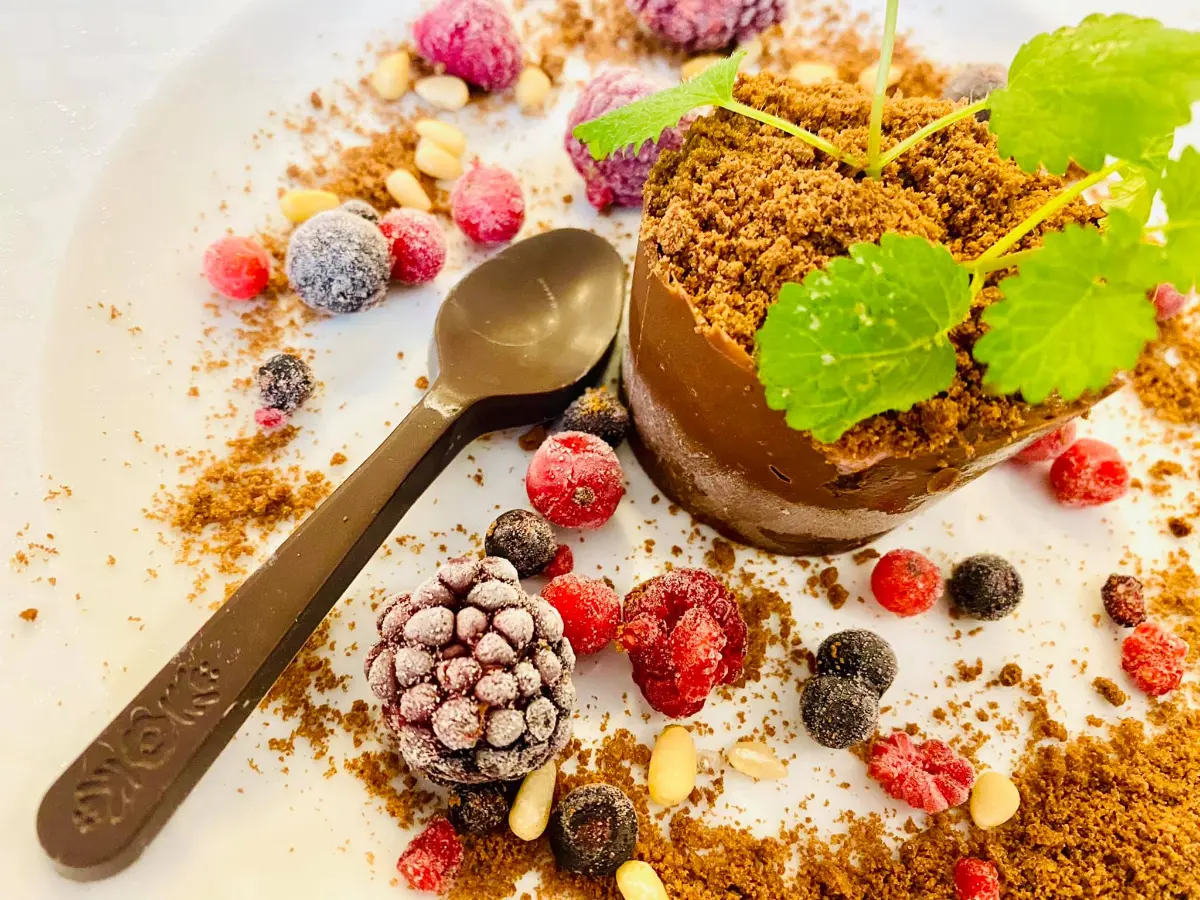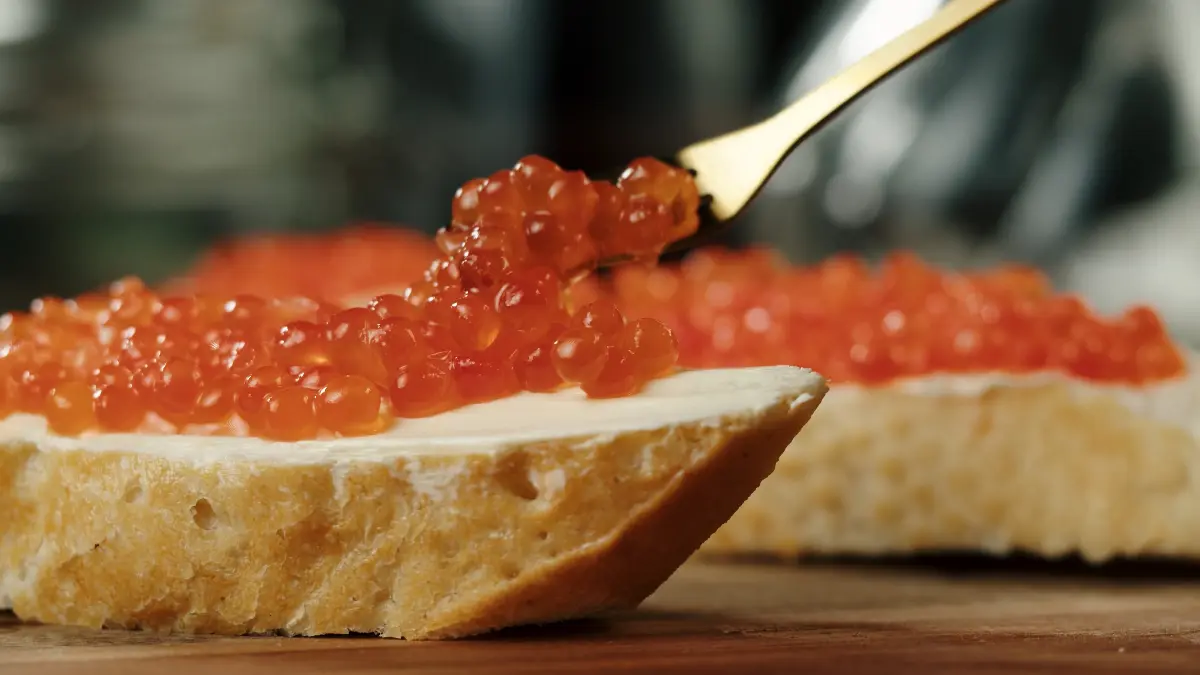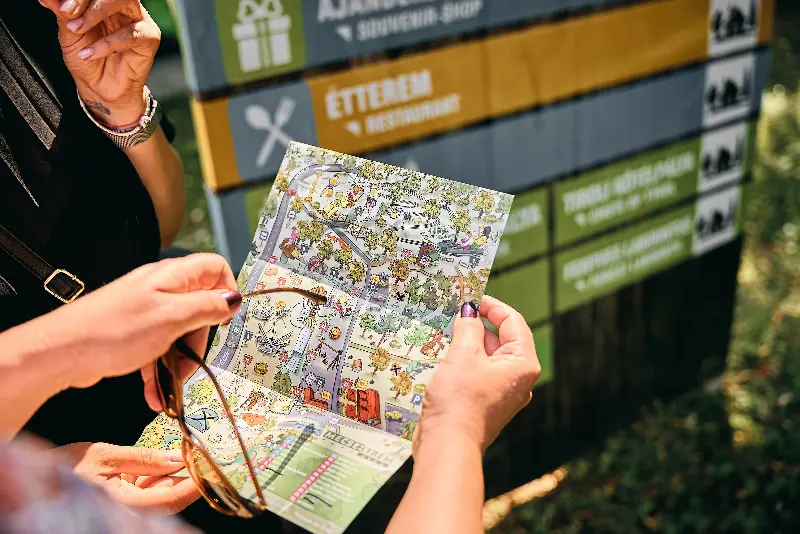
Helyszín címkék:
Hungary’s Most Russian Restaurant Awaits in Szolnok!
Jászberényi Attila
Firstly, in the distant past, there was the Baikal Tea Room and Restaurant in Budapest, in Semmelweis street, in the House of Soviet Culture and Science. University students and opposition intellectuals drank tea from a samovar and Baikal cocktails (Egri Bikavér wine and Sovetskoje Igristoje), while in the basement, one could stand in endless queues to enjoy caviar, borscht, solyanka, pelmeni and various types of cutlets. It was a refreshingly iconic location that offered top dining at the time as despite the Red Army and the COMECON, not even politically backed brotherly could impact the gastronomy of Hungary Party secretaries focused on mutton stew, roasted potato and stewed cabbage. Although a Russian tea room was established in every big cities on a mandatory basis, in these establishments the samovar was more of an illustration, in contrast to the continuous customer demand for spirits. Then came the change of regime and there were no more “Who knows more about the Soviet Union?” quiz finals in Semmelweis street, the Baikal was closed, tea rooms shut down and Russian fur hats disappeared from the streets. There were a number of attempts based on nostalgy, vodka and great dishes that appeared and finally shut down again and again. Recently, however, Russian gastronomy is in vogue again and there is growing consumer demand for its cornerstones including champagne, caviar, vodka, pirog, borscht and pelmeni.

The Balalaika
Szolnok’s most atmospheric street is undoubtedly the Szapáry, functioning as an urbanistic survival trail leading towards the centre’s jaded cement colossi with its classicist and Art Nouveau buildings, leafy trees, shops and cafés, over the footbridge crossing the river, ending at the picturesque Tisza Grove. Streets open off the main strip both left and right and in one of these lies the ‘Hellasz Taverna’ (Hellas Tavern), while hidden in an alley, one can find the most Russian restaurant in Hungary, the Balalaika. One might say it’s a bistro, if the word would not mean something inherently fast (like tsarist officers demanding to be served after defeating Napoleon in Paris), as guests don’t come here to eat in a hurry. The tell-tale signs of this are the samovars. Indeed, Russian teatime is a lengthy social ceremony and when the question “would you like some tea?” is asked (which is always the case), this can be considered an invitation to a lengthy conversation during which you can feel free to turn off your phones. Drinking tea is a basic social communication institution and waiters usually receive “chaevye”, or tea money, instead of tips. Drinking tea is obligatory after a meal. “If I can’t drink a good cup of tea after the meal, it’s like I haven’t had lunch at all,” sounds the basic principle, and accordingly, no coffee is served at the Balalaika. From the spout kept warm in the basket on top of the samovar you can pour a cup of the thick tense tea essence prepared in advance yourself, adding hot water to it. It’s strongly recommended to drink it without sugar, as it is usually served with a wide range of sweets.
Katya and András
András Kolozsvári’s mother was born in Siberia, and due to a comic misunderstanding of pioneer bureaucracy, she began corresponding with “Bela” – thought to be a girl’s name – at the age of nine. It eventually turned out that Béla was a young pioneer boy from Tószeg, and thirteen years later they got married. The one year spent in the Taiga as a child had a crucial impact on András’s life, as although he became a caterer, sommelier, wine-trader and wine bar owner in Szolnok, he enthusiastically organised Russian cultural events. At one of these events in 2004, he met Katya Marozova from Saratov, the artist of the world famous Crystal Balalaika ensemble (they even played at Yeltsin’s birthday party at his dacha), and former criminologist-lawyer employed at the Saratov prison. This led to another marriage (and a boy, Bogdán) as well as the establishment of the restaurant in 2017.
Great Russian Eurasia on 30 square metres
At the Balalaika everything is hardcore, without compromises. Not only is there no world-branded coke, but the beers are also from Russia (including the magically named Zhigulevskoye), and there are no Hungarian restaurant short-cuts in terms of side dishes either as all the main ingredients are sourced from Russia, while in itself the Borodinskij bread with coriander seeds is worth a visit to Szolnok. The daily and weekly menu is listed in Russian, in Cyrillic lettering (but if necessary, Katya and the printed Hungarian transcript can help). There are always about seven different appetizers, two or three soups, four or five main courses and at least three desserts. The only permanent dishes are borscht and pelmeni as “they simply can’t be removed from the menu”. Actually, the latter is a Siberian, pig ear-shaped treat stuffed with pork and beef – in the original version, bear and pheasant were also obligatory ingredients, but for the time being the supply of these is uncertain. Every dish is “artisanal work and I’m really precise” and “if something is not good enough for me, I won’t give it to anyone,” explains Katya, summarizing their policy. We are in the Alföld (Great Hungarian Plain) enclave of the former Russian Empire, therefore “caviar” (pike, cod and salmon eggs) are also must-have staples; sometimes we might have a Georgian goulash-like soup with tomatoes and plums called Harcho or Kazakh Manti with lamb meat, followed by every Soviet kindergartners’ favourite, the Zapecanca with baked cottage cheese and semolina or a Volga cake. Still, the focus is on the cooler and not the cooker: the indispensable element of Russian soul, premium quality vodka served “at the room temperature in Novosibirsk when there’s no heating”, thus minus 22 degrees Celsius.

Steppe, taiga and verst experiences
András and his wife are fundamentally selling a complex experience, not just food. The ritual of Russian meals don’t necessarily follow European patterns. The appetizer-soup-main course-dessert standard is not a required order, however vodka is a basic feature, which determines the fare on offer. Zacuscăs (meaning “bite on it”) are quite popular snacks between two glasses of vodka. This might include coriander carrots (of Korean origin, but the Soviet Union was quite big) prepared for two whole days, or Stolichny salad, a staple of New Year’s Eve spreads, or seledka pod shuboi (marinated herring “coated” in carrots, potatoes, beets, and onions). However, meals accompanied by vodka have strict rules. “One person drinking vodka is called an alcoholic, two of them are called two alcoholics, but if there are three of them, well, that’s a respectable social gathering,” says András. Such dinners are a spiritual event, a rite, each clinking of glasses is the sealing of personal goodwill, a blessing that sentimentally believes in a better world. There is no drinking without toasts: the first one should be dedicated to the joy of meeting and friendship, the second one to parents (if they are no longer alive, it is forbidden to toast), and the third to the ladies present, standing, with the most beautiful words possible. This is the obligatory programme and after three doses of sto gram (thus 50 ml) the mood intensifies, which directly leads to singing together.

A musical instrument also tends to spontaneously turn up, including a guitar or a three-string balalaika, which is a local speciality. At any time, but particularly on Saturdays, Katya – the only native Balalaika artist with a law degree who also completed a conservatory – might pick up her instrument. She plays the balalaika and sings, anything from her own compositions to Moscow Nights, Vysotsky and Deep Purple, depending on the occasion, mood and company. Perhaps it’s no surprise that last year they received a Russian state award as cultural and culinary ambassadors in Vengriya, and it was due to the Covid pandemic that they could not receive the award personally from Foreign Minister Sergei Lavrov at the Kremlin.










